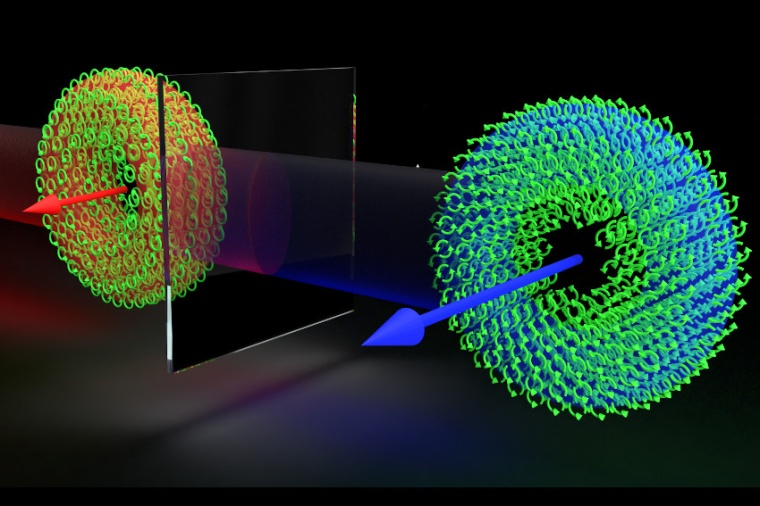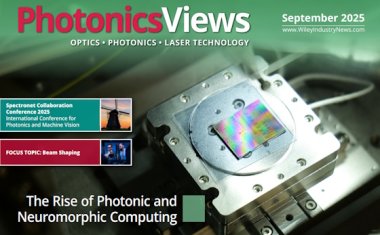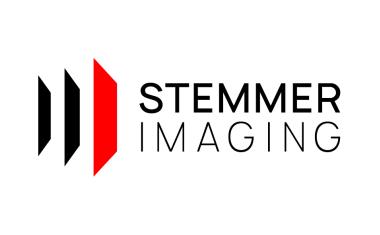Somersaulting photons
Spatio-temporal optical vortices could improve free-space optical communications.
For photons two kinds of angular momentum are present. Photons have spin, but we can’t think of a photon as rotating on its own axis. Instead, the spin angular momentum (SAM) comes from the rotation of the photon’s electric field, and the SAM can only point forward or backward with respect to the beam direction. Photons in laser beams can also have orbital angular momentum (OAM). The simplest laser beam where the photons have OAM is the donut beam. In this case, the OAM vector also points forward or backward. The amazing fact, courtesy of quantum mechanics, is that the OAM is the same for every photon in the beam. Now, Howard Milchberg’s group at University of Maryland demonstrates the surprising result that photons in vacuum can have orbital angular momentum vectors pointing sideways – at 90 degrees to the direction of propagation – a result literally orthogonal to the many decades-long expectation that OAM vectors could only point forward or backward.

The research team, including graduate student Scott Hancock, postdoc Sina Zahedpour , and Milchberg, did this by generating a donut pulse they dub an edge-first flying donut – a spatio-temporal optical vortex (STOV). Here, the donut hole is oriented sideways, and because the rotational circulation now occurs around the ring, the angular momentum vector points at right angles to the plane containing the ring. To prove that this sideways-pointing OAM is associated with individual photons and not just the overall shape of the flying donut, the team sent the pulse through a nonlinear crystal to undergo a second harmonic generation, where 2 red photons are converted into a single blue photon with double the frequency. This reduces the number of photons by a factor of 2, which means each blue photon should have twice the sideways-pointing OAM – and this is exactly what the measurements showed. The angular momentum of the flying donut (or STOV) is the composite effect of a swarm of photons somersaulting in lockstep.
There are numerous potential applications of STOVs. For example, the angular momentum conservation embodied by somersaulting photons may make STOV beams resistant to breakup by atmospheric turbulence, with potential application to free-space optical communications. In addition, because STOV photons must occur in pulses of light, such pulses could be used to dynamically excite a wide range of materials or to probe them in ways that exploit the OAM and the donut hole. “STOV pulses could play a big role in nonlinear optics,” says Milchberg, "where beams can control the material they propagate in, enabling novel applications in beam focusing, steering, and switching.” (Source: U. Maryland)
Link: Institute for Research in Electronics and Applied Physics, University of Maryland, College Park, USA











